- 20 October 2021
- By Isocool (PTY) LTD
- In Air Conditioning
- 488
- 0

In our previous article we discussed the 10 benefits of having air conditioning in your home or office. Now let’s take it a notch further and explore the different types of air conditioners according to their physical appearance and capabilities. All air conditioners work by removing the warm air from indoors and pumping it out, while releasing cool air back into the room thereby lowering the temperature. Though they serve the same purpose, they are designed for different setups thus creating a whole range of different types with different capabilities.
After going through this article, you should have a pretty good grasp on which type of air conditioner is suitable for your home and any other type of setup. For instance, it doesn’t make sense to take an industrial scale air conditioner and install it in a home setup. Anyway, less talking, let’s delve right into the heart of the matter starting off by listing the different types of air conditioners.
As the name suggests are units placed in a strategic position on a wall to supply the whole room with an even air flow. They are ideal for residential, restaurants, server rooms and office applications and they can be mounted at any desired level from floor to ceiling.
The wall mounted air conditioning units comprise of two elements – an internal and an external unit. The Internal unit is fitted to a metal mounting plate on a wall in the room to be cooled, whilst the external unit is situated outside the building. The air from the room is drawn into the wall mounted air conditioning unit. It travels over the condenser and is cooled, thanks to the refrigerant; a cooling agent used in many refrigeration products. The cool air is then forced back into the room, which pushes the hot air and moisture out through the external unit.
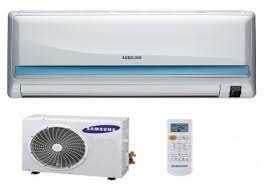
Compared to other type of air conditioners wall air conditioners tend to have better cooling capacity than their window counterparts. With more BTUs and better fans, wall units can often cool a room faster. With internal thermostats, they also have the ability to shut off when the room reaches a certain temperature, saving you money in utility costs.
These are normally placed in a window. They are self-contained units with the body of the appliance sitting partially inside and partially outside of the window pane.
Window air conditioners are most useful for apartments and single-level homes. They come in many different sizes and builds to fit a variety of window types. The bigger the unit, the cooler air generated.
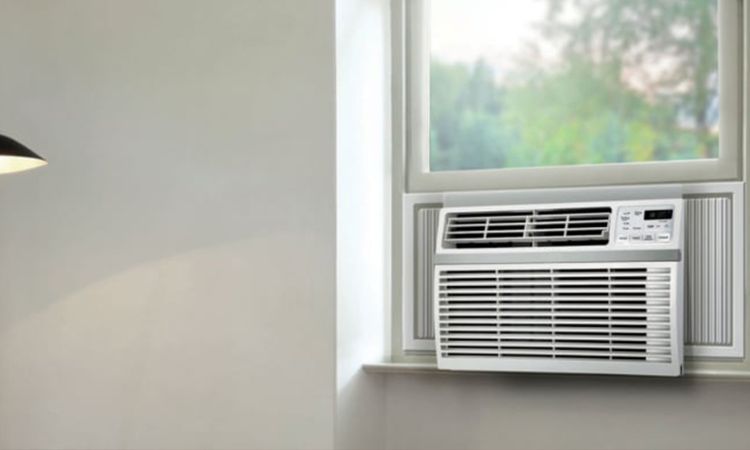
Compared to other types of air conditioners window air conditioners are typically the most cost-effective air conditioning system to purchase. However, the cooling capabilities of window air conditioning units are limited due to their small size and static location. Another disadvantage is the loud noise they produce since they are positioned in the room.
An air source heat pump is a reversible heat pump which uses the outside air as a heat source when in heating mode, or as a heat sink when in cooling mode using the same vapor-compression refrigeration process and same external heat exchanger with a fan as used by air conditioners.

Air source heat pumps look similar to air-conditioning units. Their size depends on how much heat they’ll need to generate for your home and are usually placed outdoors at the side or back of a property.
Compared to air conditioners air source heat pumps are more efficient. Air conditioners do not provide heating, but heat pumps do thanks to a reversing valve in the units.
Central air conditioning is a common term used to refer to most whole-home air conditioning systems. They remove heat by absorbing it and transferring it outside via a cooling agent, or “refrigerant”.
They are made up of two units: the condensing unit that is located outside the home and the evaporative unit that is located next to the furnace. The two units are connected to each other through refrigerant tubing.
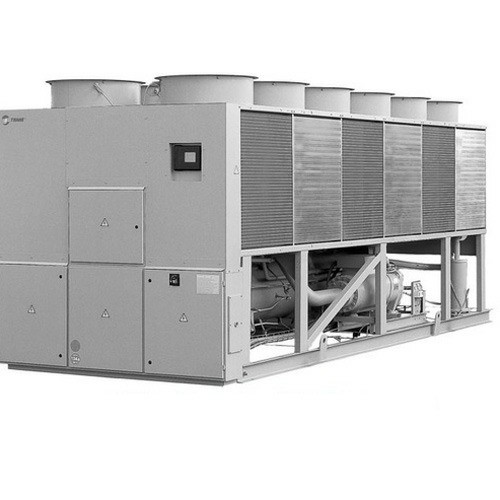
Compared to other air conditioners, central air conditioners is costly to install. Though this might be the case are they considered the most luxurious because they are able to cool each room in your home or office setup simultaneously and quietly.
Also known as a split system or mini-split systems, are a common cooling solution for apartment dwellers and homeowners with no ductwork in their homes. They provide cooling without the need for air ducts.
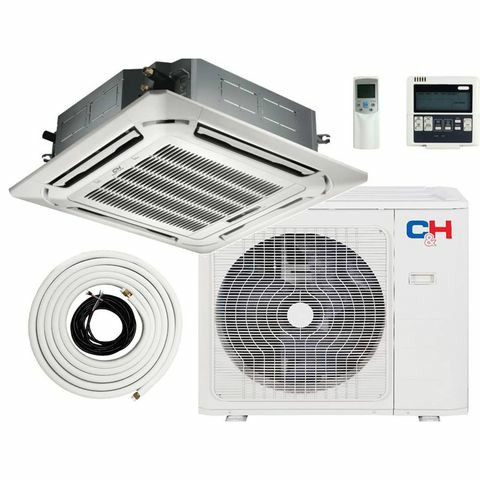
Compared to other air conditioners ductless air conditioners cool a room faster since they fan that can change their speed based on conditions inside and outside your home. They only downside is that they only cool one room (versus cooling an entire home like a central AC unit).
These units don’t need ducts because they only cool one room (versus cooling an entire home like a central AC unit).
Cruise ceiling concealed split type air conditioners or Fan Coil Units are high-grade air-conditioning systems in which the unit is completely built into the ceiling and cool air is delivered via a duct system which complements the interior décor in accordance with the shape of the room.
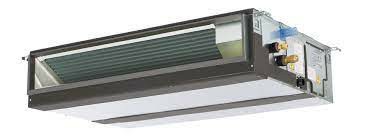
They are most frequently used in commercial and industrial applications (Retail) or home areas from 40m2 upwards, these utilize ducts to carry cooled or heated air to rooms, and have separate outdoor units.
Self-contained portable systems ideal for cooling single rooms. They typically sit on the floor and come with an installation kit for quick set up. Most models also have wheels so you can move them to different rooms, making them a nice alternative to window units.
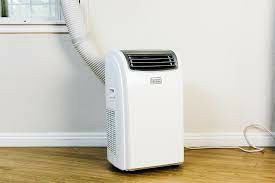
Portable air conditioners are good for specific cooling needs. If you want a portable AC unit that can move from room to room, then it is a good cooling option. It’s also the efficient air conditioner choice that is not permanently installed unlike its window AC counterpart.
A floor standing air conditioner unit is similar to the conventional split air-conditioner. The main difference is that it is mounted on the floor or very close to the floor. In some cases, if the floor is recessed, the air conditioner can be placed on it. In other cases, it can be placed below the window.
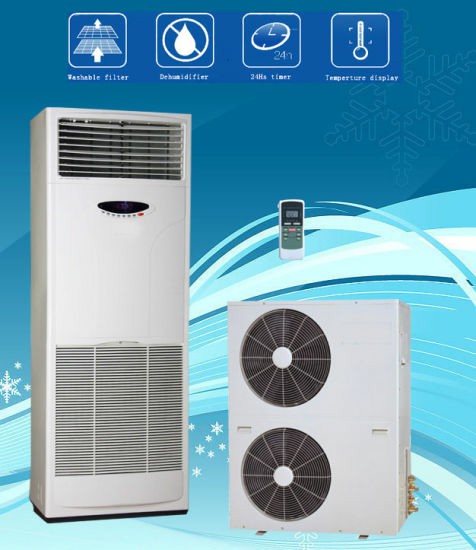
Single hose portable air conditioners work by pulling stagnant air from inside the room. The motor inside the unit then cools the air for circulation throughout the space. The unit also takes the excess warm air and moisture and funnels it through the hose and out the window.
A floor-mounted console is often used when it is not possible to install the indoor unit of a standard air conditioner which normally is mounted on the wall.
There you have it, a comprehensive list of the different types of air-conditioners explained in detail. If you need to install one, and need expert advice making the right selection choice, get a quotation from us. At Isocool pty Ltd we supply, install and repair all types of air-cons. Contact us anytime!
Call us now at (078) 922 2884 or send us an email: technical@isocool.co.za to book for an appointment.
You can also use the following links to get in touch with us:
https://www.facebook.com/isocoolptyltd
https://twitter.com/IsocoolPty
https://www.linkedin.com/company/isocool-pty-ltd


